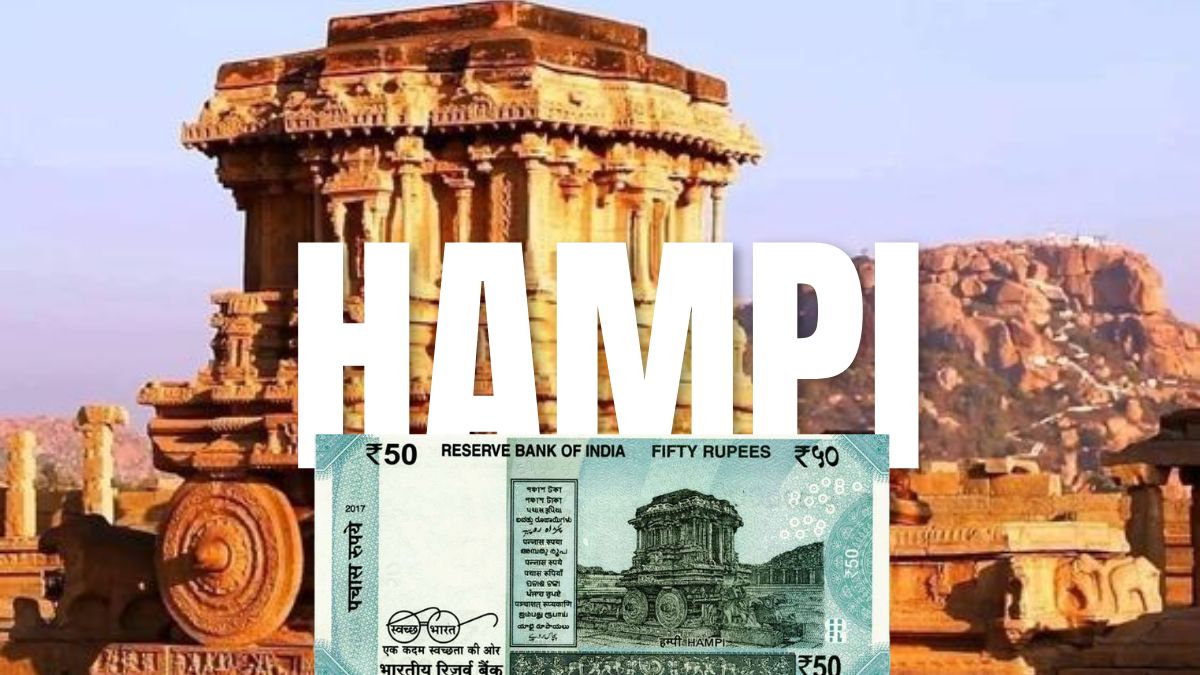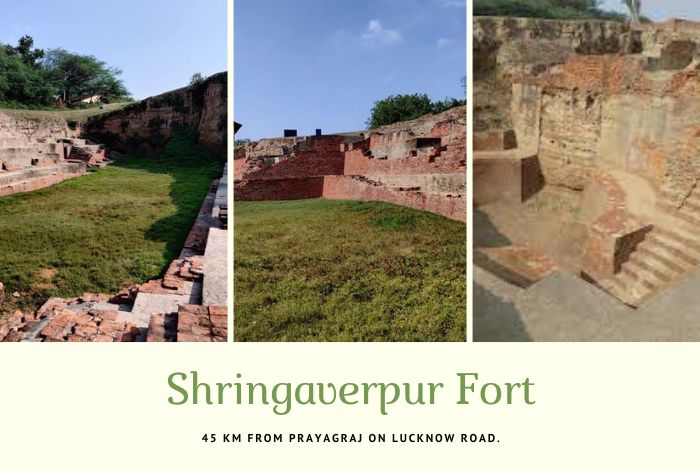The Mystery of Hampi: Ancient Architecture and Culture
Introduction to Hampi
Welcome to the grandeur of Hampi, a testament to the opulence and sophistication of the Vijayanagara Empire. Nestled in the heart of Central Karnataka, amidst the serene landscapes of the Tungabhadra basin, lies the remnants of a once-mighty civilization. Hampi, with its austere yet majestic ambiance, stands as a tribute to the last great Hindu Kingdom of the 14th to 16th centuries CE. In this comprehensive exploration, we delve into the unparalleled beauty and historical significance of this UNESCO World Heritage Site.
Unveiling the Magnificence
The Architectural Marvels
At the core of Hampi’s allure lies its architectural brilliance, a fusion of Dravidian grandeur and Indo-Islamic influences. Over 1600 surviving structures narrate the tale of a thriving metropolis adorned with forts, temples, palaces, and sacred complexes. Among these, the Krishna temple complex, Narasimha, and Vitthala temple complex stand as epitomes of architectural finesse. The Vitthala temple, in particular, mesmerizes with its ornate details and intricate craftsmanship, showcasing the zenith of Vijayanagara temple architecture.
Dravidian Architecture: A Timeless Legacy
The architectural landscape of Hampi reflects the pinnacle of Dravidian artistry. Characterized by massive dimensions, cloistered enclosures, and towering gopurams, these structures exude a sense of grandiosity. The stone chariot and pillared mandapas lining the chariot streets bear testimony to the religious fervor and cultural richness of the era. Built predominantly with local granite, burnt bricks, and lime mortar, these edifices epitomize the architectural ingenuity of the Vijayanagara artisans.
Cultural Tapestry and Religious Harmony
Beyond its architectural splendor, Hampi embodies a harmonious blend of diverse cultures and religions. The incorporation of Indo-Islamic elements in secular structures like the Queen’s Bath and the Elephant Stables reflects the inclusive ethos of the Vijayanagara Empire. The city’s rise to metropolitan proportions fostered a multi-religious and multi-ethnic society, fostering a rich tapestry of traditions and beliefs.
Preserving the Past, Nurturing the Future
Challenges to Integrity
While the majestic ruins of Hampi continue to captivate visitors, preserving its integrity poses significant challenges. Rapid urbanization, agricultural encroachments, and infrastructural developments threaten the landscape’s sanctity. Balancing modernization with heritage conservation remains imperative to safeguard the site’s authenticity and historical significance.
Management and Conservation Efforts
To address these challenges, concerted efforts are underway to protect and manage the Hampi World Heritage Area. Legal frameworks, including the Ancient Monuments and Archaeological Remains Act, provide the foundation for conservation endeavors. The establishment of the Hampi World Heritage Area Management Authority signifies a collaborative approach to heritage management, ensuring sustainable development while preserving Hampi’s unique heritage.
Charting a Path Forward
As custodians of this cultural treasure, it is incumbent upon us to chart a path forward that balances preservation with progress. Long-term goals encompass capacity building, community engagement, and sustainable development initiatives. Through effective management and strategic planning, we can ensure that the legacy of Hampi endures for generations to come.
Conclusion
Hampi stands as a beacon of India’s rich cultural heritage, a testament to the ingenuity and creativity of its people. As we unlock the secrets of this ancient marvel, let us embrace the responsibility to cherish and protect it. In preserving the legacy of Hampi, we honor not just the past, but also the future—a future where history continues to inspire and enrich our lives.








One Comment